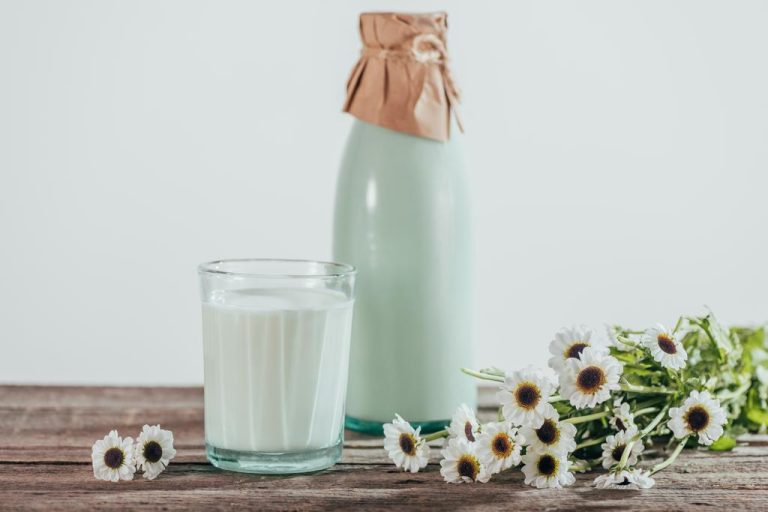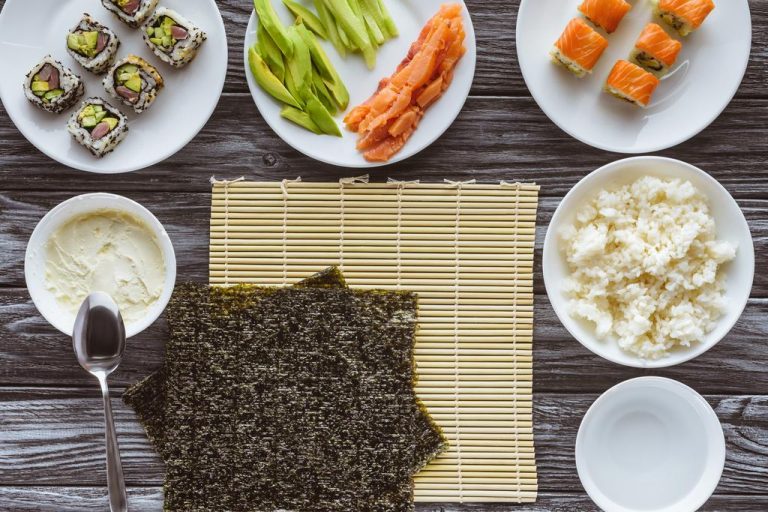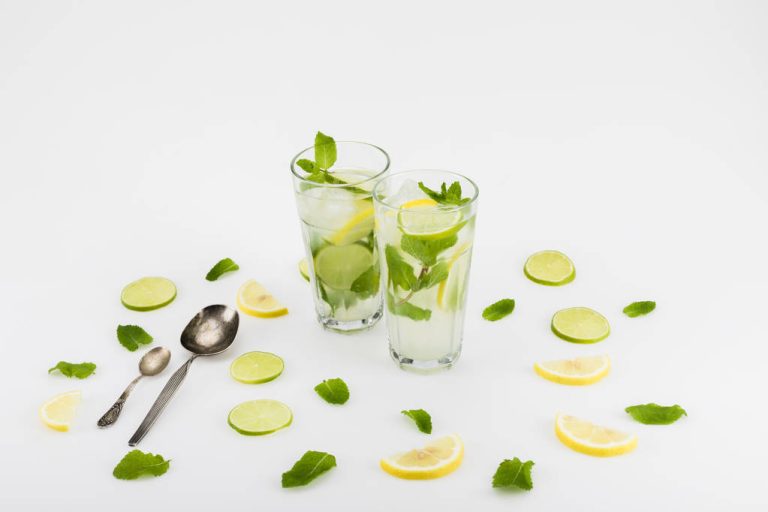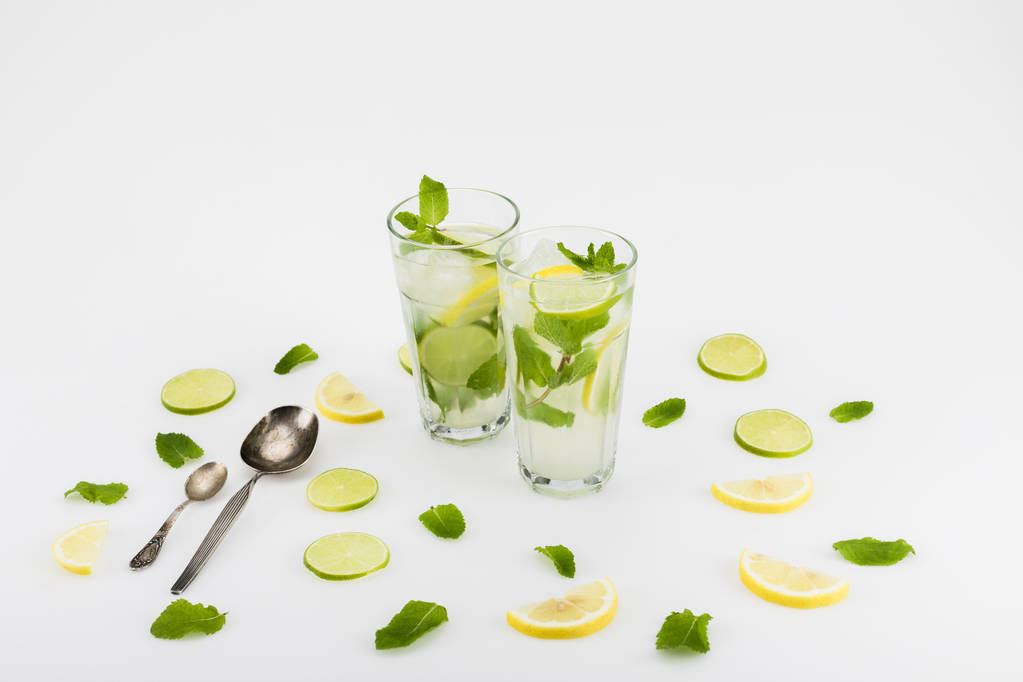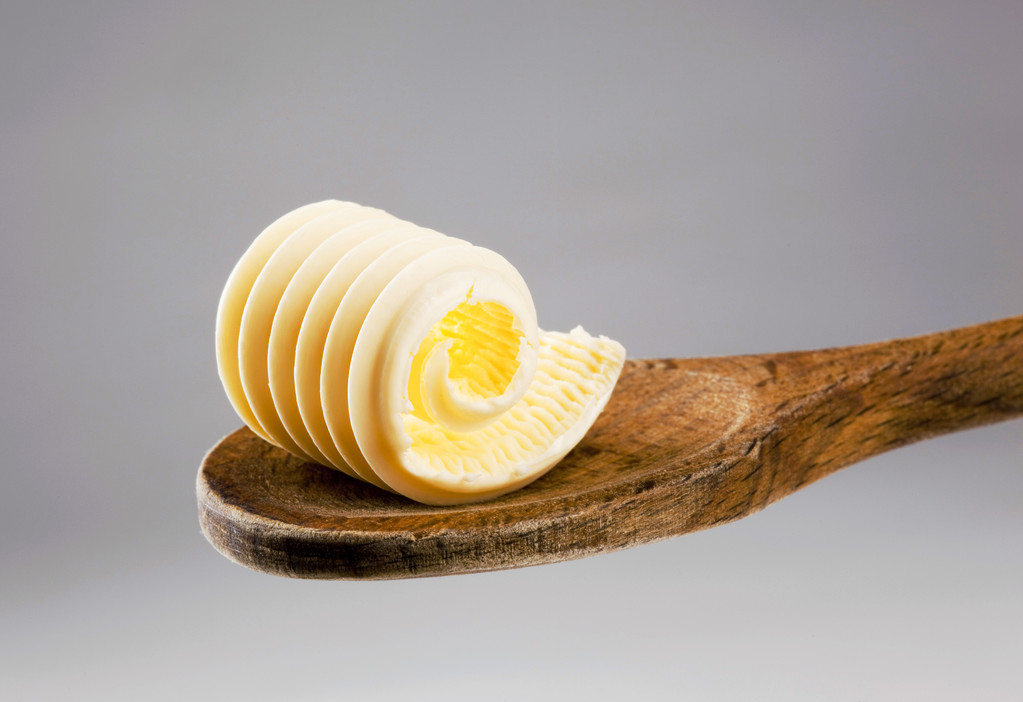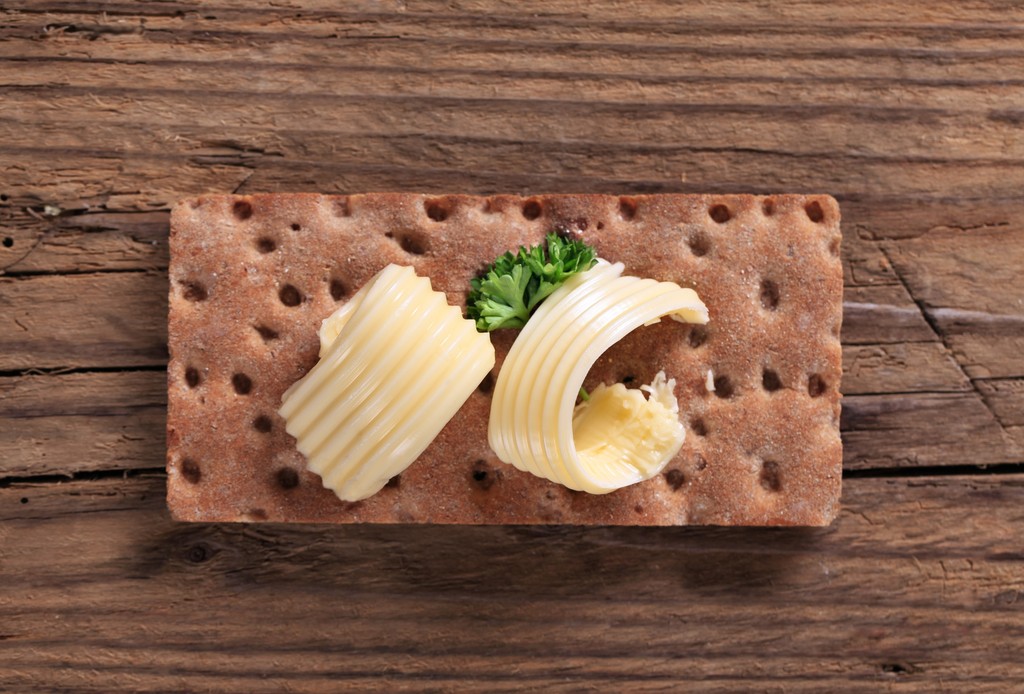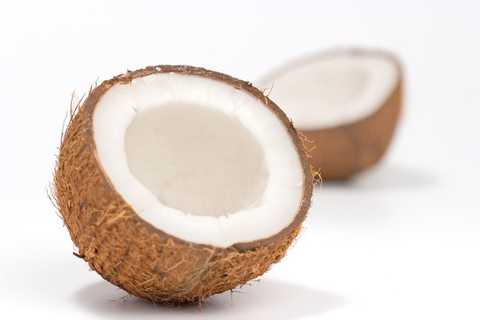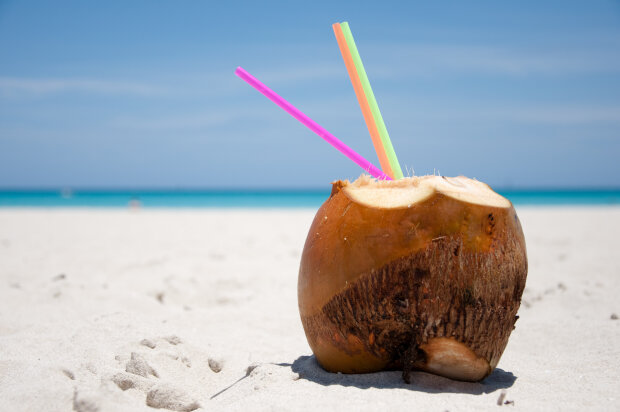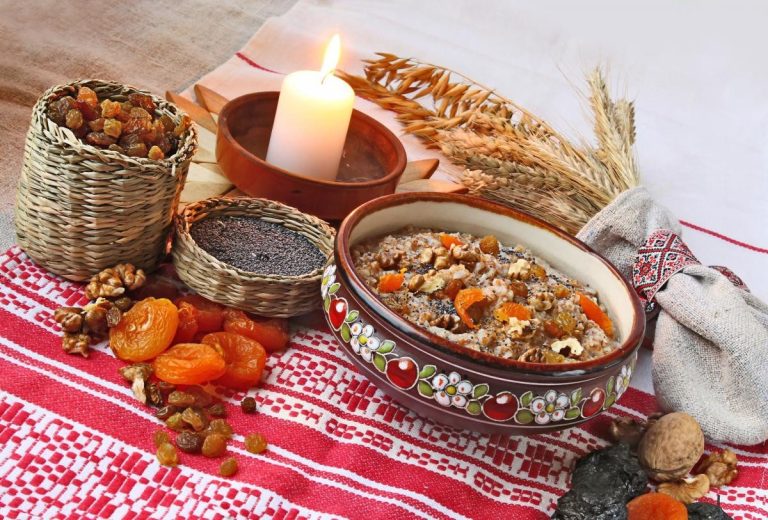If you’re already making efforts to eat more sustainably, you may be unknowingly following the concept of whole foods. Organic quality, regional and seasonal food, zero waste and much more come together here.
What is the Whole Food?
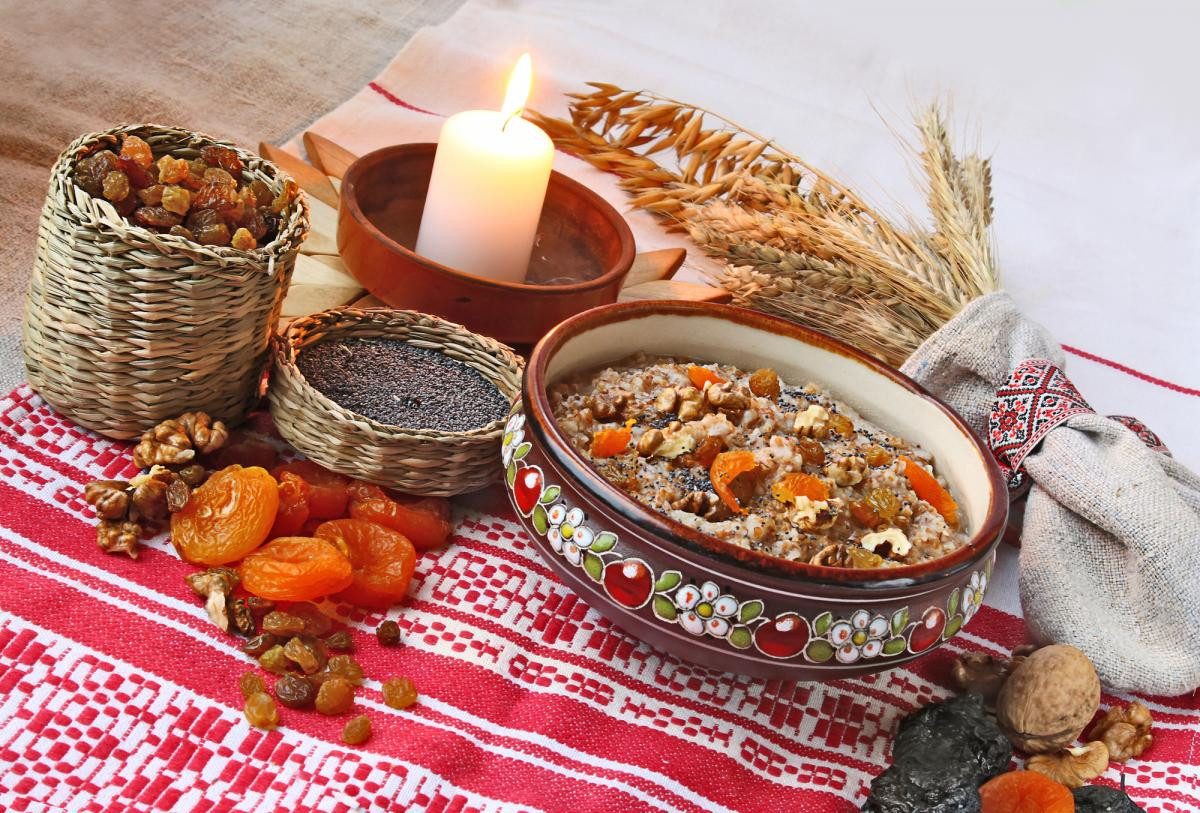
Whole food is a comprehensive concept of a diet that is as healthy and sustainable as possible. According to the definition of the founders Karl von Koerber, Thomas Männle and Claus Leitzmann, whole foods (also known as whole food nutrition) are predominantly plant-based diets in which fresh, nutritious and unprocessed foods are preferred. The enjoyment and wholesomeness of the food are also taken into account in the whole food. The main foods used are:
Vegetable fruit,
Potatoes,
Legumes,
whole grain products
and milk and milk products.
Meat, fish and eggs only occur in small amounts in the full diet. Unheated fresh food should make up about half of the amount consumed.
In terms of sustainability, the environmental, economic and social compatibility of the food system is taken into account in addition to health compatibility. This means that in whole foods, primarily regional, seasonal and organic foods are used in environmentally friendly packaging. Such packaging can be, for example, plastic-free alternatives such as paper or reusable glasses. Products, especially from countries outside Europe, should come from fair trade.
Whole foods therefore pursue a variety of goals:
It should promote health
increase the quality of life
do not pollute the environment
promote fair economic relations and social justice worldwide.
Whole Food Nutrition Background
For a long time, nutritionists only considered the health aspect of nutrition, which is still largely the focus today.
Nutritional recommendations often only contain the nutritional-physiological and hygienic-toxicological knowledge – i.e. the knowledge about the effect of the food in the body and the contamination with harmful substances or pathogens. However, other aspects also flow into human nutrition, such as sustainability and social justice. A food can be healthy, but its production can take place under inhumane conditions and be harmful to the environment. In the long run, such production methods can endanger food security in the future. Because only an intact environment can produce healthy and sufficient food for the world population in the long term.
For this reason, nutritional ecology developed as an interdisciplinary field of science. It arose from a student initiative at the University of Giessen in the late 1980s. Nutritional ecology examines and evaluates the complex relationships within the entire food system. This system includes the following sub-areas related to food:
agricultural production
processing
Packaging
transport
trade
consumption
waste disposal
There are five dimensions that play a role in feeding the world’s population. They are considered equal:
Environment (ecological aspects: energy, land and raw material consumption, pollutants, generation of waste)
Economy (economic aspects: trading conditions, wages, livelihood security)
Society (social aspects: fair distribution of food, access to arable land and drinking water, working conditions)
Individual (health aspects: balanced, health-promoting diet, physical well-being, disease prevention)
Culture (cultural aspects: influence our eating style, meaning, values, habits)
The aim of nutritional ecology is to gain insights into the conditions and effects of our handling of food within the five interconnected dimensions. Realizable and sustainable nutrition concepts are to be developed and conscious eating behavior promoted. The diet should be compatible in all dimensions.
The practical implementation of these goals is whole foods as sustainable and contemporary nutrition. Since all dimensions are included, it is a holistic nutritional concept.
The Principles of Whole Foods
In detail, whole foods are based on the following seven principles.
1. Preference for plant foods (mainly lacto-vegetable food)
Most plant foods contain more essential micronutrients (vitamins and minerals) at fewer calories than animal products. Vegetables are rich in many vitamins, but provide less energy than cheese or sausage, for example. Of course, this does not apply to all foods. Nuts, for example, are plant-based, but very high in calories due to their high fat content. With a mostly plant-based diet, you don’t reach your daily energy requirements as quickly. This point is so important for the founders of whole food nutrition because obesity is steadily increasing worldwide and has health consequences. Health-promoting dietary fiber and secondary plant substances are only found in plant-based foods. On the other hand, foods of animal origin sometimes contain large amounts of components that can become problematic if consumed in excess, such as saturated fatty acids, purines and cholesterol.
2. Organically produced food
It also makes sense from an ecological point of view to significantly reduce the consumption of animal products. If you want to include animal products in your whole food diet, make sure that they come from species-appropriate and ecological animal husbandry. Plant-based foods should also be sourced from organic farms whenever possible. In contrast to conventional farming, organic farming uses less energy and emits fewer greenhouse gases. In addition, organic farming improves the soil quality, since it pollutes the soil and groundwater less. All this protects nature as a habitat for animals and insects, which promotes biodiversity. In addition, organic food contains a larger amount of vitamins and other valuable nutrients than food from conventional cultivation. This is already confirmed by a meta-analysis by Newcastle University from 2014. The BZfE also states that organic is healthier. Because fruits and vegetables contain less water, the nutrient density is higher. They also state that animal foods from organic cultivation have a more favorable fatty acid composition.
3. Regional and seasonal products
Thanks to the national range in supermarkets, consumers have gotten used to being able to get everything at any time of the year. However, this advantage has its price: Long transport routes are energy-intensive and resource-intensive. In Germany, non-European groceries account for two thirds of the transport costs, although they only make up four percent of the total volume. If you buy regional groceries, you not only avoid long transport routes. You can also contribute to securing the livelihoods of local farmers and support the agricultural independence of a region. In this country, non-seasonal foods are grown in greenhouses and polytunnels, which entails high energy costs for heating. Fruit and vegetables with a long and therefore resource and energy-intensive transport route are sometimes harvested unripe so that they arrive ripe. This has a negative effect on the nutrients and the taste.
4. Preference for low-processed foods
Whole foods stand in contrast to the widespread convenience food. Although whole foods, unlike raw foods, do not require everything to be eaten raw, raw foods still take precedence over cooked and processed foods. When it comes to whole foods, the daily diet should consist of one to two thirds of fresh, raw foods. The reason for this is that many valuable ingredients can be lost during food processing. Many vitamins and secondary plant substances, for example, are not heat-stable. However, you should definitely cook potatoes and legumes, as they contain toxic ingredients in their raw state. The ecological footprint also decreases the less processed food you eat and the less you process food yourself at home. A current study by several universities was able to show that highly processed foods have a negative impact on the climate balance.
5. Fair Trade Food
The whole food does not completely dispense with well-travelled foods. But then you should choose fair trade products. With Fair Trade certified products you can support producers in developing countries and campaign for better trading conditions and against child labor. Fair pricing aims to cover the costs of production, decent wages and environmental compatibility. But greater attention must also be paid to fair trade within Europe – there are negative examples in Italy and Spain in particular. Also read: 3 bitter truths from the documentary “Europe’s Dirty Harvest”. Orientate yourself on the various seals for fair trade. In addition to the usual fair trade seal, there are others, such as the “fair+” seal from GEPA or the “Fair for Life” seal.
6. Resource-saving housekeeping

This point includes several aspects that make a diet with whole foods more resource-efficient.
Green Electricity: The Whole Foods prefer foods that have been produced using electricity from responsible sources. This point is more to be understood as an ideal target, as it has so far been difficult to implement in practice. Producers are not obliged to indicate the type of electricity used on their products. It would be desirable to have green electricity in your own household. Here you have more room for manoeuvre.
Saving energy: In addition to the use of green electricity, it is important to save energy and therefore money in a diet based on whole foods. You should prioritize more energy-efficient devices and consider which devices you might be able to do without completely.
Shopping routes: A car trip can nullify the positive eco-balance of ecological-regional shopping in terms of CO2 savings. Where possible, you should avoid short trips and make purchases by bus, train, on foot or by bike.
Packaging: The masses of packaging waste pollute people and animals all over the world through recycling plants and direct pollution of the environment, for example through microplastics. For this reason, whole food nutrition stands for unpackaged and plastic-free alternatives.
Food waste: This point is also part of whole food nutrition. According to a WWF study, 2.5 billion tons of food end up in the trash every year. That is around 40 percent of all food produced worldwide.
7. Enjoyable and wholesome food
Whole foods have high ecological, nutritional and social requirements. But the pleasure of eating is just as important in this diet. Whole foods follow the motto “enjoyment takes time” and therefore advocates intuitive eating, which is based on more mindfulness when eating. Digestibility also plays an important role in whole foods. Digestibility, or tolerability, means that your body feels good when digesting, which also has a lasting effect on your well-being. Food that is too greasy, for example, makes digestion difficult.
Implementation of Whole Foods
The principles described above can be translated into a clear compilation of recommendations:
Eat plenty of vegetables and fruit, around half fresh.
Prefer whole grain foods to white flour products.
Use legumes and potatoes frequently.
Reduce fat intake to a healthy level and use cold-pressed, vegetable oils instead of animal and hydrogenated fats.
Prefer preferred milk (raw milk), whole milk or pure milk products without additives.
Use eggs, fish, and meat (if desired) sparingly.
Make sure the drinking water is of good quality. Drink herbal or fruit tea in addition to water.
Use salt sparingly and be creative with spices and herbs instead.
Choose fruit, honey or dried fruit for sweetening and avoid isolated sugar.
Buy organic, seasonal, local and fair trade foods.
The principles described above can be translated into a clear compilation of recommendations. Whole food is not a strict concept with prohibitions, but leaves enough room for individual tolerance and needs. Rather, it is a guiding philosophy and requires you to reflect on your eating habits.
Disadvantages and criticisms of whole foods
A point of criticism for some people can be that whole foods do not completely do without milk and other animal products. From an ecological and moral point of view, the criticism is also justified. Whole food nutrition is not designed for vegans, but can still be seen as a basis for them. Milk and milk products, and occasionally fish, meat and eggs, provide the body with essential nutrients that prevent the risk of deficiency symptoms. The supply of vitamin D (in case of lack of sun), B12, as well as calcium and iron occurs mainly or exclusively through animal foods. For this reason, these foods are found in whole foods. The health aspect is not the only focus here. If animal products, then in moderation and from responsible sources. If you would like to take advantage of whole food nutrition and eat vegan at the same time, then use this article as a guide and expand your knowledge of healthy vegan nutrition. For example, using the following article:
Another possible disadvantage of whole foods can be a lack of financial resources and poor local access to good food. Organic food tends to cost more money (and for good reason), which not everyone can fully afford. Not in every region (especially in rural areas) there are organic shops or unpackaged shops.
The transition to whole foods should be done slowly. If your body is not used to the large amount of raw food and increased fiber intake, it can react with digestive problems such as flatulence or constipation. For example, if your digestive power is limited by a disturbed intestinal flora, then raw food can lead to such problems. However, it is possible to rebuild a disturbed intestinal flora.
Conclusion: Whole foods as a sustainable and healthy diet

With the food selection mentioned above and the large proportion of unprocessed fresh food, you supply your body with all vital substances. This good supply strengthens the immune system and makes you less susceptible to diseases. Due to the increased fiber intake and long-chain carbohydrates (whole grain), whole food nutrition helps with weight loss and prevents obesity. The degree of saturation increases and cravings are counteracted.
Whole food can be recommended as a permanent diet for all age groups and offers a great opportunity in a social context to increase sustainability in connection with nutrition at all levels.



